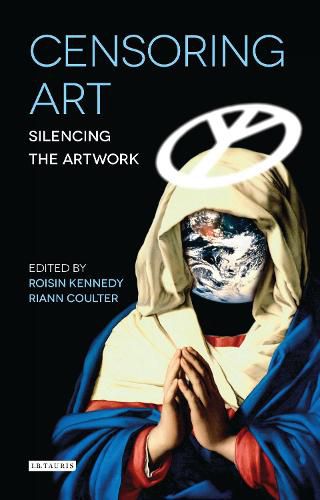Readings Newsletter
Become a Readings Member to make your shopping experience even easier.
Sign in or sign up for free!
You’re not far away from qualifying for FREE standard shipping within Australia
You’ve qualified for FREE standard shipping within Australia
The cart is loading…






Art is continuously subjected to insidious forms of censorship. This may be by the Church to guard against moral degeneration, by the State to promote a specific political agenda or by the art market, to elevate one artist above another. Now, and in the last century, artwork that touches on ethnic, religious, sexual, national or institutional sensitivities is liable to be destroyed or hidden away, ignored or side-lined. Drawing from new research into historical and contemporary case-studies, Censoring Art: Silencing the Artwork provides diverse ways of understanding the purpose and mechanisms of art censorship across distinct geopolitical and cultural contexts from Iran, Japan, and Uzbekistan to Britain, Ireland, Canada, Macedonia, Soviet Russia, and Cyprus. Its contributions uncover the impact of this silent control of the production and exhibition of art and consider how censorship has affected art practice and public perceptions of artworks.
$9.00 standard shipping within Australia
FREE standard shipping within Australia for orders over $100.00
Express & International shipping calculated at checkout
Art is continuously subjected to insidious forms of censorship. This may be by the Church to guard against moral degeneration, by the State to promote a specific political agenda or by the art market, to elevate one artist above another. Now, and in the last century, artwork that touches on ethnic, religious, sexual, national or institutional sensitivities is liable to be destroyed or hidden away, ignored or side-lined. Drawing from new research into historical and contemporary case-studies, Censoring Art: Silencing the Artwork provides diverse ways of understanding the purpose and mechanisms of art censorship across distinct geopolitical and cultural contexts from Iran, Japan, and Uzbekistan to Britain, Ireland, Canada, Macedonia, Soviet Russia, and Cyprus. Its contributions uncover the impact of this silent control of the production and exhibition of art and consider how censorship has affected art practice and public perceptions of artworks.